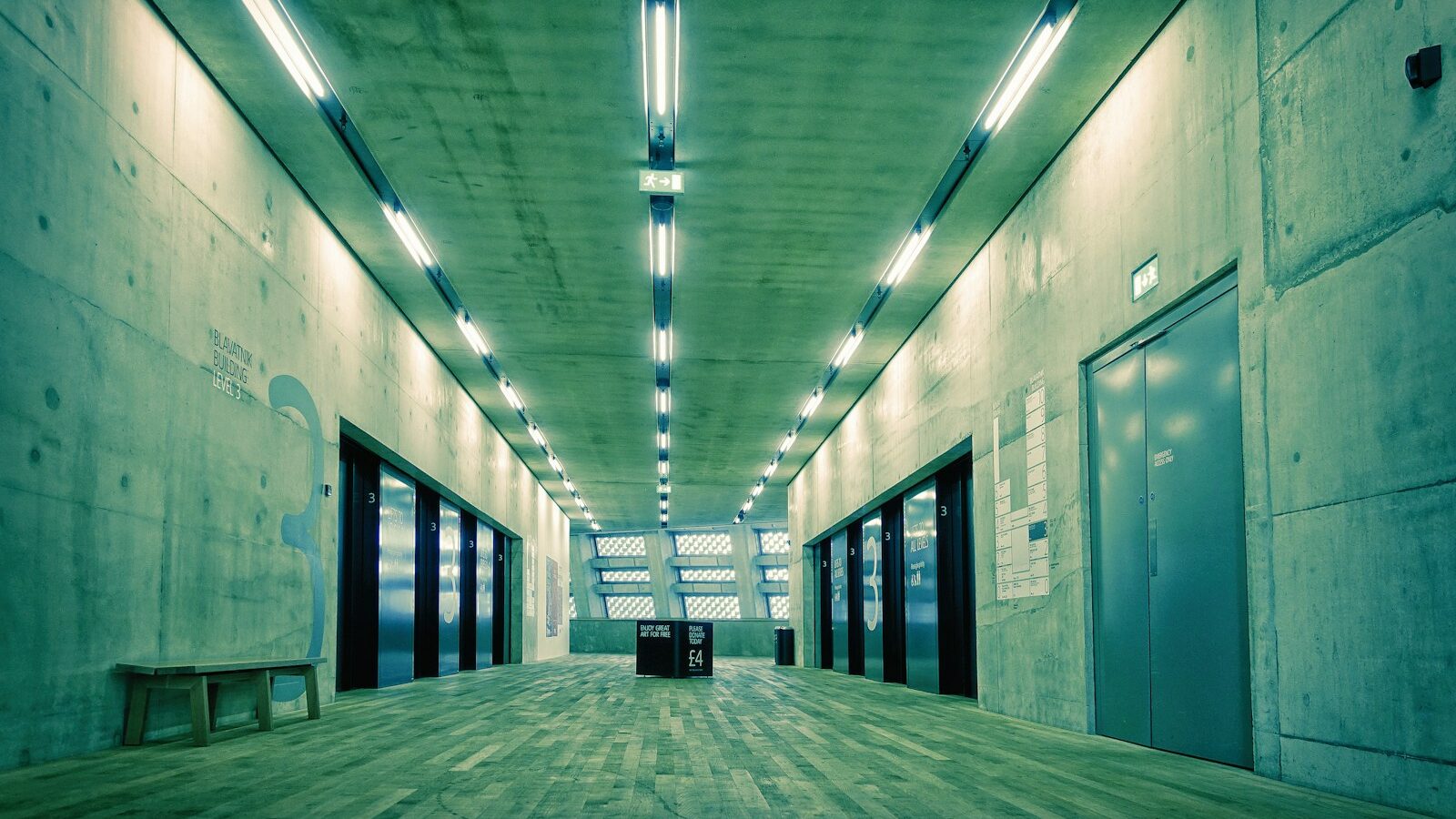Employee engagement is among the harshest issues nowadays. Any HR manager who has enticed top-notch specialists wants to keep them engaged, create an atmosphere in which employees will be able to show positive results (to contribute to the company’s overall success), develop skills and broaden knowledge.
Some statistical data
However, sometimes the HR department fails to track employees’ satisfaction, and they get bored in the workplace. The following statistics prove this assumption:
1) Only 33% of US employees are engaged at work; 51% are disengaged and 17.5% are actively disengaged;
2) Actively disengaged employees are the cause of low productivity, which costs the USA about $605 billion a year;
3) Spending on engaging employees is expected to reach about $1.5 billion per year.
Gamification as a method of engagement
There’s certainly a huge number of ways to keep your team highly engaged. Among them is gamification that starts grabbing headlines and is being implemented by different companies. Such a practice is effective considering the fact that recognition, the sense of competition, and rewards (indispensable parts of gamification) are strong sources of motivation.
How can gamification engage team members? This method can’t make people do what they dislike. In fact, it’s the way to motivate everyone to do various things at work getting winning points and obtaining recognition. Gamification tools allow dealing with assignments in an easier and more fascinating manner (for instance, thanks to splitting tasks into parts that differ one from another). To put it simple, gamification is a kind of incentive to complete the action.
A study highlighted in the Interaction Design and Architecture Journal shows the relation between gamification and skills development. Researchers are sure that gamification is able to generate motivation and, what is more surprising, help employees retain knowledge being “implemented in existing technical infrastructures without changing the basic workflow itself.”
Video games that are often perceived negatively by the society are considered to improve people’s cognitive performance according to this research.
Taking into account different categories of motivation people have (power, accomplishments, competition, belonging to a certain a group/need for association, feeling intelligent, etc.), it becomes much easier to influence them using various gamification tools (digital ones and real-time “contests”).
Gamified apps
Developers of custom business software for organizations provide many smart solutions, including gamified apps that can be actively used by your employees to manage daily tasks and complete projects with achievable steps. Here are some of those apps.
1) Productivity Challenge Timer (available on Android and iPhone) breaks huge projects into short and more achievable work sessions with a set timer. The peculiarity of this app is the lack of a pause button, which forces to work in an ongoing way during the entire session. After each period of time users can see thorough analytics: define most productive hours and track their ranks starting from “Unrepentant Slacker” (0-level) followed by hilarious messages at each level.
2) Task Hammer (Download) is a similar app. However, except for allowing to run errands in an effective way, it grants a chance to assign character attributes (barbarian/rouge/sorceress) to tasks, level fantasy heroes up, and win awards. It’s useful for creating ‘must-do’ lists with widgets, alarms, and recurring tasks.
3) Doable (AppStore) is light on gamification, but it also delivers fun and boasts its own features. It’s for those users who prefer concentrating on statistics rather than on gaming. With Doable it is easy to track effectiveness on certain activities. This app will also help to track goals by prioritizing activities.
4) LifeRPG (for Android), with a stricter interface, is perfect for gaining the sense of getting things done. This app sorts out tasks identifying most and least difficult/stressful ones and proposes the most suitable time for completing those assignments (basing on urgency, energy levels reported by users, etc.). Beyond that, it’s possible to make notes and come up with ideas within each mission, create sub-missions, and then relish the reward system perks.
5) SuperBetter (available in the AppStore and Google Play) assists in managing daily tasks, mood, and even desirable habits. The app offers a bevy of strategies to implement when the user has low motivation, feels insomnia or anxiety. With SuperBetter it’s easy to acquire new habits/skills and get special bonuses and rewards for work.
Furthermore, there’s a broad array of gamified fitness apps that team members can successfully use as part of out-work competition. Such apps and wearables as Zombies, Run!, FitBit, The Walk, Superhero Workout, Sworkit also seem attractive options to bring teams together and raise corporative spirits, in the end, sharing sports results.
Conclusion:
However, before putting gamification tools into practice it’s vital to be cautious and consistent to avoid this practice being a real waste of time, effort, and resources. Be sure to analyze all the necessary components (the current situation, working atmosphere, type of the required motivation, employees’ personalities, problems, etc.) and form a list of possible scenarios. In brief, develop a separate strategy on the gamification usage within the enterprise and do not forget to evaluate its efficiency.




